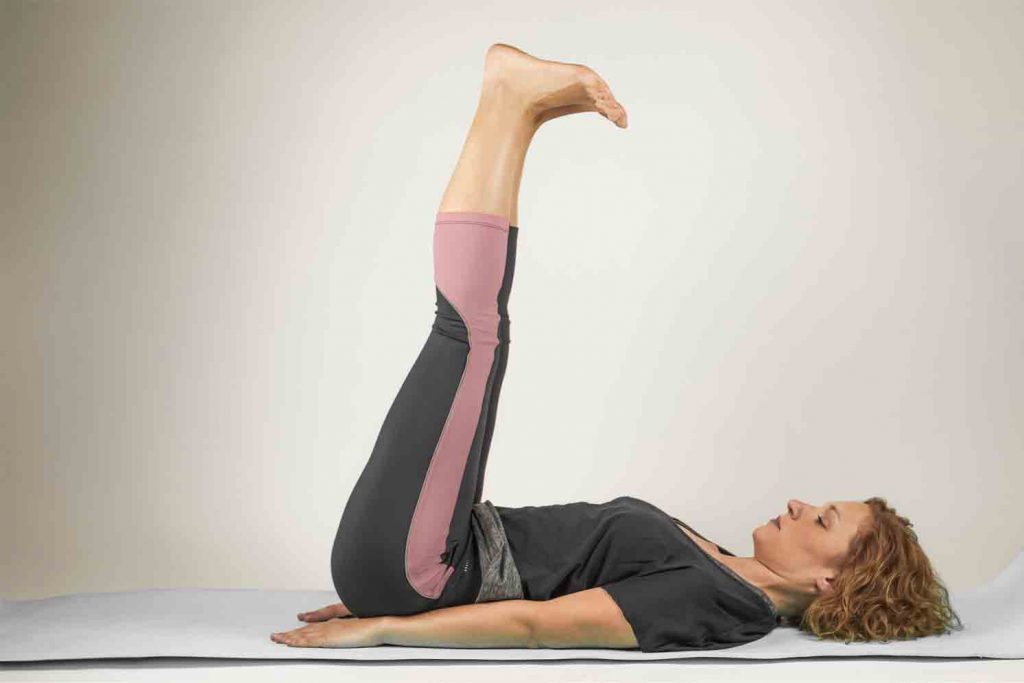Spondylolisthesis is a condition in which one vertebra in the spine slips out of place onto the vertebra below it, causing lower back pain and other discomforts. It can be challenging to get a good night’s sleep when you’re dealing with this condition, but there are some tips that can help. Here are some suggestions for better sleep when you have spondylolisthesis:

Invest in a Good Mattress and Pillow
Your mattress and pillow play a crucial role in your sleep quality, especially when you have spondylolisthesis. Make sure your mattress is firm enough to provide the necessary support for your spine, and choose a pillow that is comfortable and doesn’t put undue strain on your neck.
Maintain Proper Sleep Posture
Sleep posture is essential for those with spondylolisthesis. It’s important to sleep on your back or side to reduce pressure on your spine. Avoid sleeping on your stomach, which can strain your neck and lower back.
Use Heat Therapy
Heat therapy can be an effective way to relieve pain and stiffness associated with spondylolisthesis. Try using a heating pad or taking a warm bath before bed to relax your muscles and reduce discomfort.
Engage in Gentle Exercises
Light exercise can help improve your sleep quality and reduce your pain levels. Try doing some gentle stretches or taking a short walk before bed to help your body relax.
Practice Good Sleep Hygiene
Good sleep hygiene involves maintaining a regular sleep schedule, avoiding caffeine and alcohol before bed, and creating a calm, relaxing sleep environment. These habits can help you fall asleep faster and improve the quality of your sleep.
Consider Professional Treatment
If you’re still struggling to get restful sleep despite trying these tips, consider seeking professional treatment. A doctor or physical therapist can recommend exercises or other therapies to help manage your spondylolisthesis and improve your sleep quality.
Dealing with spondylolisthesis can be challenging, but with the right sleep habits and self-care, you can still get a good night’s rest. By investing in a supportive mattress and pillow, maintaining proper sleep posture, using heat therapy, engaging in gentle exercise, and practicing good sleep hygiene, you can reduce your pain levels and improve your sleep quality. If you’re still having trouble, don’t hesitate to seek professional treatment.
